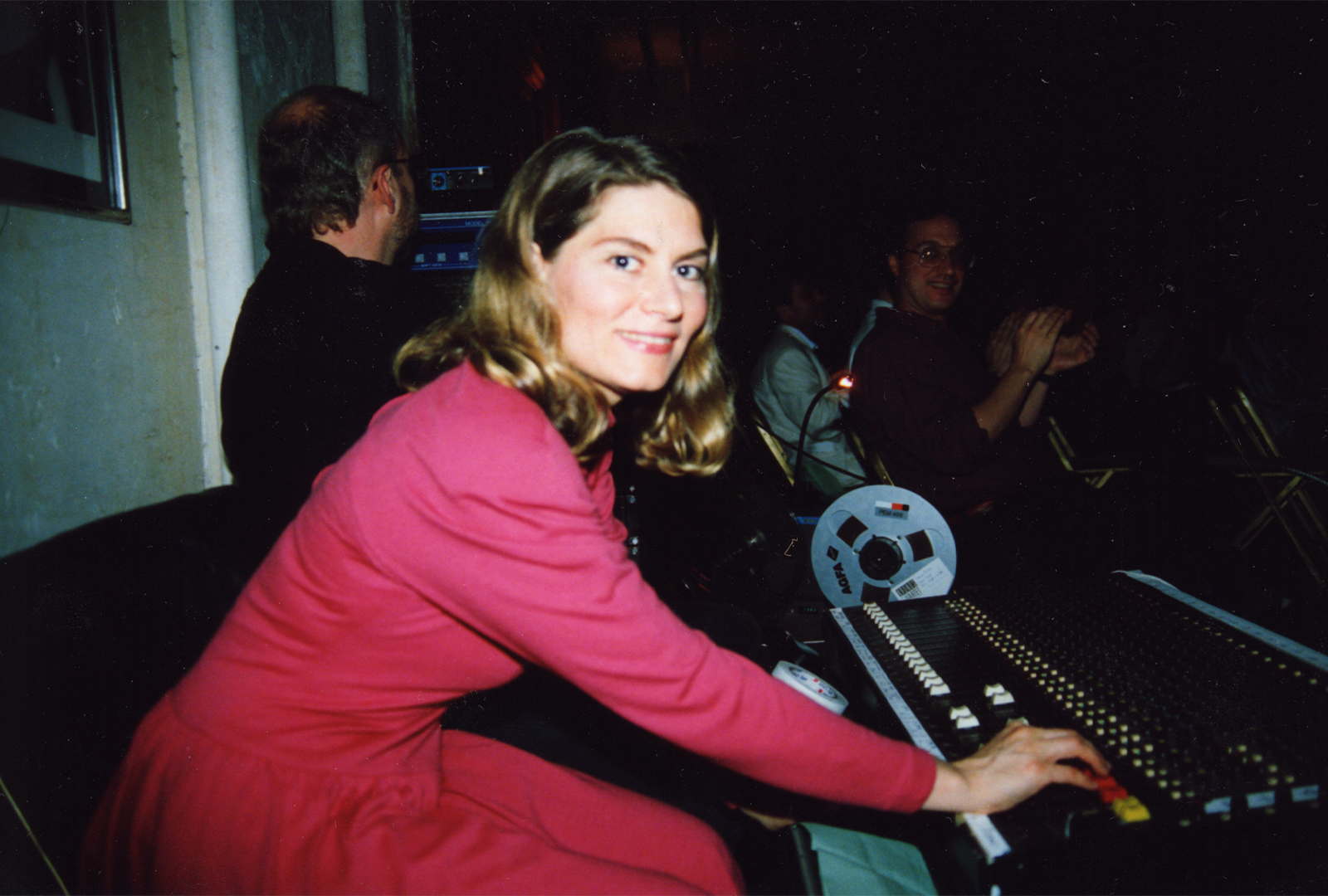Bunita Marcus (born 1952)
Bunita Marcus was born in Madison, Wisconsin. She taught herself piano and clarinet and then began composing at the age of 13. She attended the University of Wisconsin in Madison where she studied both instrumental and electronic music.

She received a Ph.D. in composition from the State University of New York at Buffalo where she studied with Morton Feldman. Her website states:
Bunita met Morton Feldman in 1976, beginning a long association that lasted until his death in 1987. For seven years they were inseparable. Feldman and Marcus composed side by side, sharing musical thoughts and ideas. In 1985 Feldman dedicated his new piano composition: “For Bunita Marcus.” Today, Dr. Marcus lectures, coaches and writes regularly on Morton Feldman’s music.
Morton Feldman’s composition For Bunita Marcus is about 75 minutes in length. After Feldman died in 1987, Bunita Marcus composed a rather shorter piano work in memory of him, … But to Fashion a Lullaby for You (1988, rev. 1998):
The description on this video includes an except from a fascinating interview in which Bunita Marcus says:
I call myself a post-minimalist, and I think that’s accurate. You’ll find in my work where there’s a lot of repetition, that I tend to repeat things not exactly, but with very, very small changes. And I try to find the smallest change I can that will change the feeling of the music the most. Like in the opening of the piece I wrote for Morton Feldman, the piano piece, …but to fashion a lullaby for you…. The opening is just pages and pages of something that pretty much is the same thing repeating itself, but it’s not the same thing, because there are tiny little things that change. Sometimes there’s a grace note and sometimes there isn’t a grace note, and sometimes a note will go up and sometimes it’ll go down, but basically it’s just a little cell of notes that repeats. But while you’re hearing this cell of notes, if the pianist is playing it right, you go deeper and deeper and deeper into something. And you don’t know what the heck it is, but you can feel yourself sinking into it. I had to feel myself sinking into it in order to write it, and it was very difficult to write because it’s so long, and I had to hang onto that sinking feeling and stay with it as long as possible. Essentially it’s depression. It was my depression over losing Morty. And then all of a sudden out of the top of the piano comes this crazy little theme, twittering around like a little bird flying in the room.
The effect is truly magical and moving.
Bunita Marcus wrote her piano composition Sugar Cubes (1996) in memory of John Cage, who rescued her from a creative blockage by advising that she reward herself like a horse is rewarded for doing tricks, with sugar cubes:
The composition is based entirely on the notes C-A-G-E played in quarter notes.
Here’s a recording by Bang on a Can (without visuals, alas) of Bunita Marcus’s 1987 gorgeous composition Adam and Eve (1987), for flute , violin, cello, piano, and 2 percussionists: